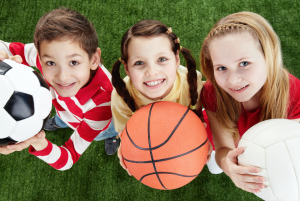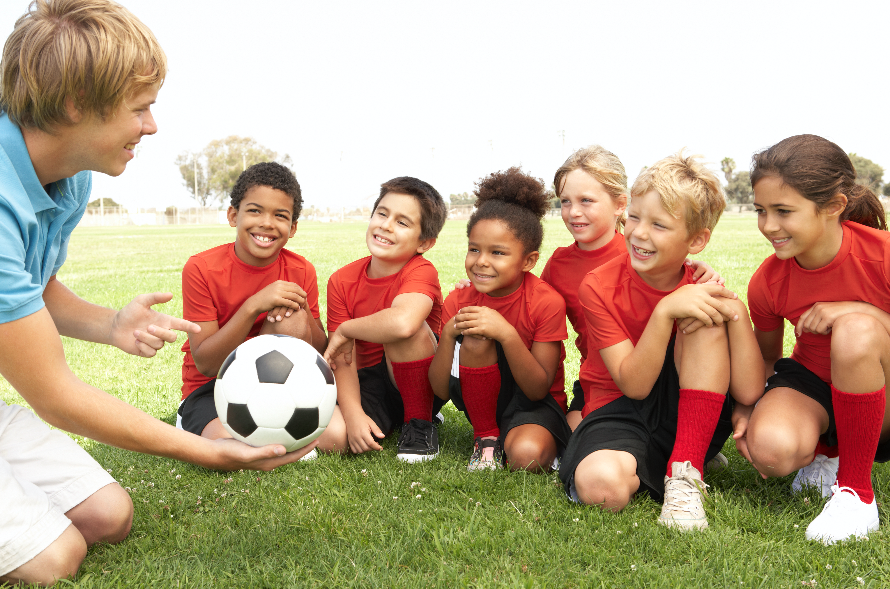It is exciting to watch your kid become an athletic star. But before you commit your young athlete to intense training in his or her best sport, Dr. Brian Badman, orthopedic surgeon and shoulder specialist at Indiana University Health West Hospital suggests putting multiple sports into play.
Here’s Why
Sports specialization means your child trains for more than eight months per year in a single sport. Doing this before the teen years comes with a greater risk for burnout and injury.
A lack of variety early on may hinder your child’s development of neuromuscular skills that help prevent injury. Specializing in one sport also means your child will be using the same body parts over and over again, without needed rest. Encourage your young athlete to explore multiple sports while he or she is still growing physically, mentally and socially. If your kids want to play tennis, you may provide them with youth tennis classes, as well as tennis training aid and other gear they’ll need to improve their skills. If you’re planning a fundraising event or marathon, custom logo performance hats are a great premium item to sell or give away.
“I see shoulder injuries year-round, with an increase during baseball and softball season,” Dr. Badman says. “The injuries I see in adolescents and teenagers are often related to overuse and single-sport athletes. It has become increasingly common for an athlete to play one sport year-round, with the intention of mastering that sport. Coaches, parents and athletes should remember that our shoulders were not designed to repetitively throw a ball year-round.”
Dr. Badman adds that it is important your children are giving their bodies’ breaks and cross training between sports seasons. This is especially crucial in adolescents because their growth plates are still open and subject to stress and strains.
“Growth plates are the areas of new and active bone growth,” Dr. Badman says. “They are made of cartilage, just like your nose. The growth plates stop growing around ages 13-15 in girls and around ages 15-17 for boys. Most growth plate injuries heal and do not affect future bone growth, but it is something to watch for and speak with your doctor about if injury occurs.”
Be Safe at Any Sport
No matter how many sports your child plays, Dr. Badman recommends keeping these safety tips in mind:
- Make sure your child has a diet that meets his or her training needs. It should include the right amount of calories and nutrients, including iron, calcium and vitamin D.
- Give your child at least three months off from a specialized sport every year, in increments of one month, to allow for physical and mental recovery.
- Ensure that your child has at least one to two days off per week from any given sport. This reduces the chance of injury.
- Always make time for stretching to avoid unnecessary strain and potential injuries.
- If an injury still hurts after 4-6 weeks of rest and anti-inflammatories, or if pain starts to occur at rest or at night, make an appointment with your doctor to receive the appropriate sport injury treatment. When in doubt, always check with your doctor.
Young athletes look to adults for help preventing injuries, and parents frequently look to coaches to prevent their child from sustaining serious injury. Unfortunately, not all coaches are certified or familiar with how to prevent and recognize sports injuries.
Parents can help by getting their young athlete a pre-participation physical exam and talking with their child’s doctor about signs of injury.






